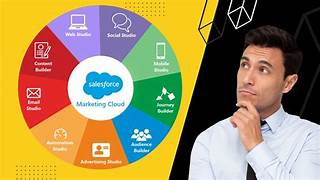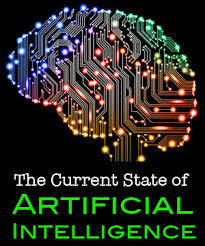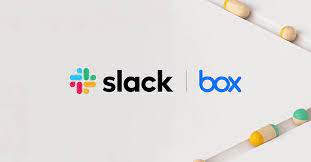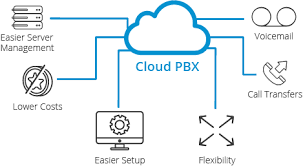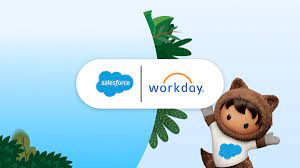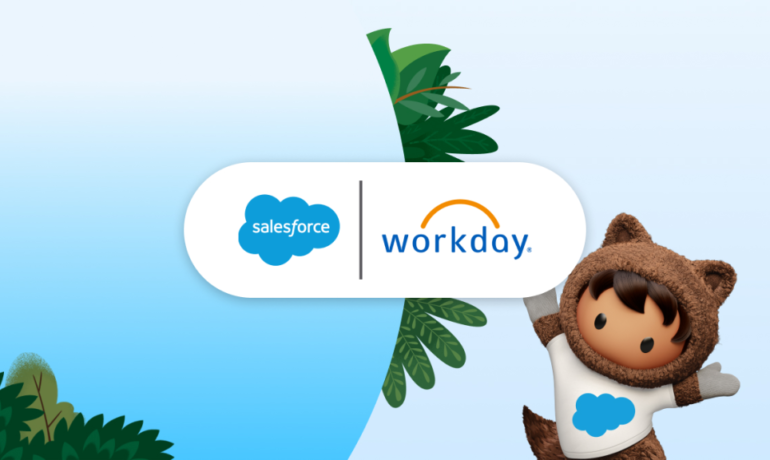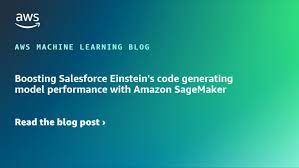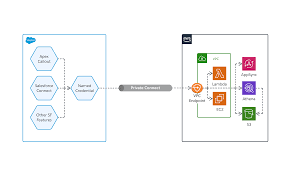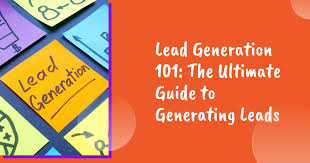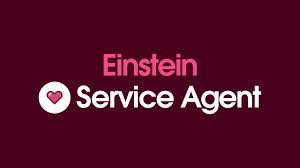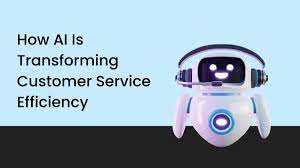In a Wednesday interview with CNBC’s Jim Cramer, the CEOs of Salesforce and Workday, Marc Benioff and Carl Eschenbach, announced their companies’ new partnership to develop an artificial intelligence assistant. Workday and Salesforce Unveil New AI Employee Service Agent. This collaboration aims to enhance onboarding, human resources, and other business processes. Salesforce Chair and CEO Marc Benioff and Workday CEO Carl Eschenbach join ‘Mad Money’ host Jim Cramer to talk their AI partnership. Both CEOs emphasized that the strength of their partnership lies in the integration of their extensive data sets. Benioff stated, “AI is all about data, and having access to extensive data enables us to deliver exceptional AI capabilities. This partnership exemplifies two companies coming together to ensure our customers have the data they need to realize the full potential of artificial intelligence.” Partnership will deliver a personalized, AI-powered assistant for employee service use cases such as onboarding, health benefits, and career development within Salesforce and Workday The two companies will establish a common data foundation that unifies HR and financial data from Workday with CRM data from Salesforce, enabling AI-powered use cases that boost productivity, lower costs, and improve the employee experience Workday will be natively integrated inside of Slack with deeper automation, so employees can seamlessly collaborate around worker, job, candidate, and similar records using AI Salesforce and Workday are both cloud-based software companies. Salesforce is renowned for its Slack application and software for sales, customer service, and marketing, while Workday specializes in human resources, recruiting, and workforce management. Eschenbach highlighted that Salesforce and Workday possess three crucial data sets in the enterprise landscape—employee data, customer data, and financial data. He added that the new initiative benefits customers by integrating services across platforms, eliminating the need to switch between different systems. “Through this partnership and our ability to share data, customers can seamlessly access our data sets whether they’re using Slack, Workday, or Salesforce,” Eschenbach said. Workday and Salesforce Unveil New AI Employee Service Agent The combination of Salesforce’s new Agentforce Platform and Einstein AI with the Workday platform and Workday AI will enable organizations to create and manage agents for a variety of employee service use cases. This AI agent will work with and elevate humans to drive employee and customer success across the business. Powered by a company’s Salesforce CRM data and Workday financial and HR data, the new AI employee service agents have a shared, trusted data foundation to communicate with employees in natural language, with human-like comprehension. As a result, taking action as part of onboarding, health benefit changes, career development, and other tasks will be easier than ever. When complex cases arise, the AI employee service agent will seamlessly transfer to the right individual for remediation, maintaining all the previous history and context for a smooth hand-off. This unique approach of humans and AI seamlessly working together will result in greater productivity, efficiency, and better experiences for employees. This is only possible by having the data, AI models, and apps deeply integrated. “The AI opportunity for every company lies in augmenting their employees and delivering incredible customer experiences. That’s why we’re so excited about our new Agentforce platform which enables humans and AI to drive customer success together, and this new partnership with Workday, to jointly build an employee service agent. Together we’ll help businesses create amazing experiences powered by generative and autonomous AI, so every employee can get answers, learn new skills, solve problems, and take action quickly and efficiently.” Marc Benioff, Chair and CEO, Salesforce Benefits to Employees Employees can now receive instant support through natural language conversations with their AI employee service agent, whether they are working in Salesforce, Slack, or Workday. This AI-driven assistant provides contextual help by understanding requests, accessing relevant information from integrated Workday-Salesforce data sources, and automating resolutions across platforms. Sal Companieh, Chief Digital and Information Officer at Cushman & Wakefield, commented, “As a leading global commercial real estate services firm, we prioritize employee support and engagement, which directly impacts client service. The ability to streamline workflows across Workday and Salesforce and deliver more personalized AI-powered employee experiences will be transformative for us.” Benefits to Employers By integrating HR, financial, and operational data into advanced AI models, Salesforce and Workday enhance workforce capabilities beyond individual productivity, fostering overall workforce intelligence, optimization, and resilience: Like Related Posts Salesforce OEM AppExchange Expanding its reach beyond CRM, Salesforce.com has launched a new service called AppExchange OEM Edition, aimed at non-CRM service providers. Read more The Salesforce Story In Marc Benioff’s own words How did salesforce.com grow from a start up in a rented apartment into the world’s Read more Salesforce Jigsaw Salesforce.com, a prominent figure in cloud computing, has finalized a deal to acquire Jigsaw, a wiki-style business contact database, for Read more Service Cloud with AI-Driven Intelligence Salesforce Enhances Service Cloud with AI-Driven Intelligence Engine Data science and analytics are rapidly becoming standard features in enterprise applications, Read more

